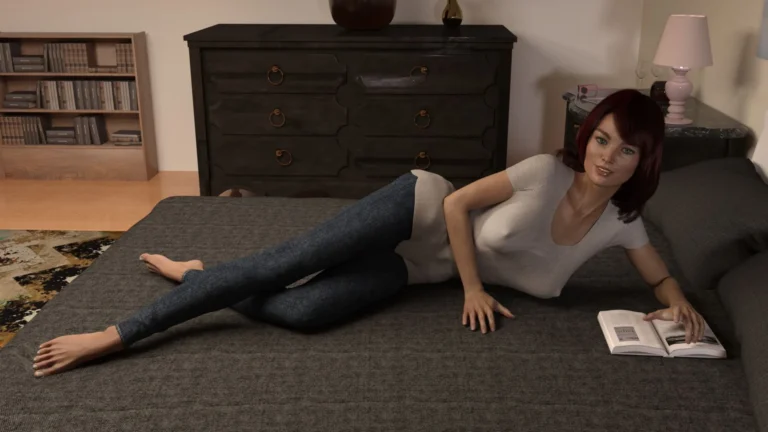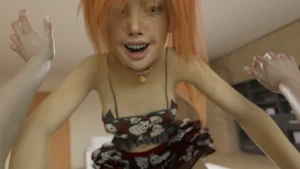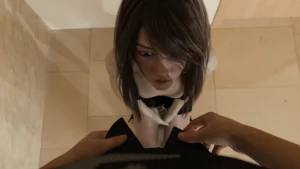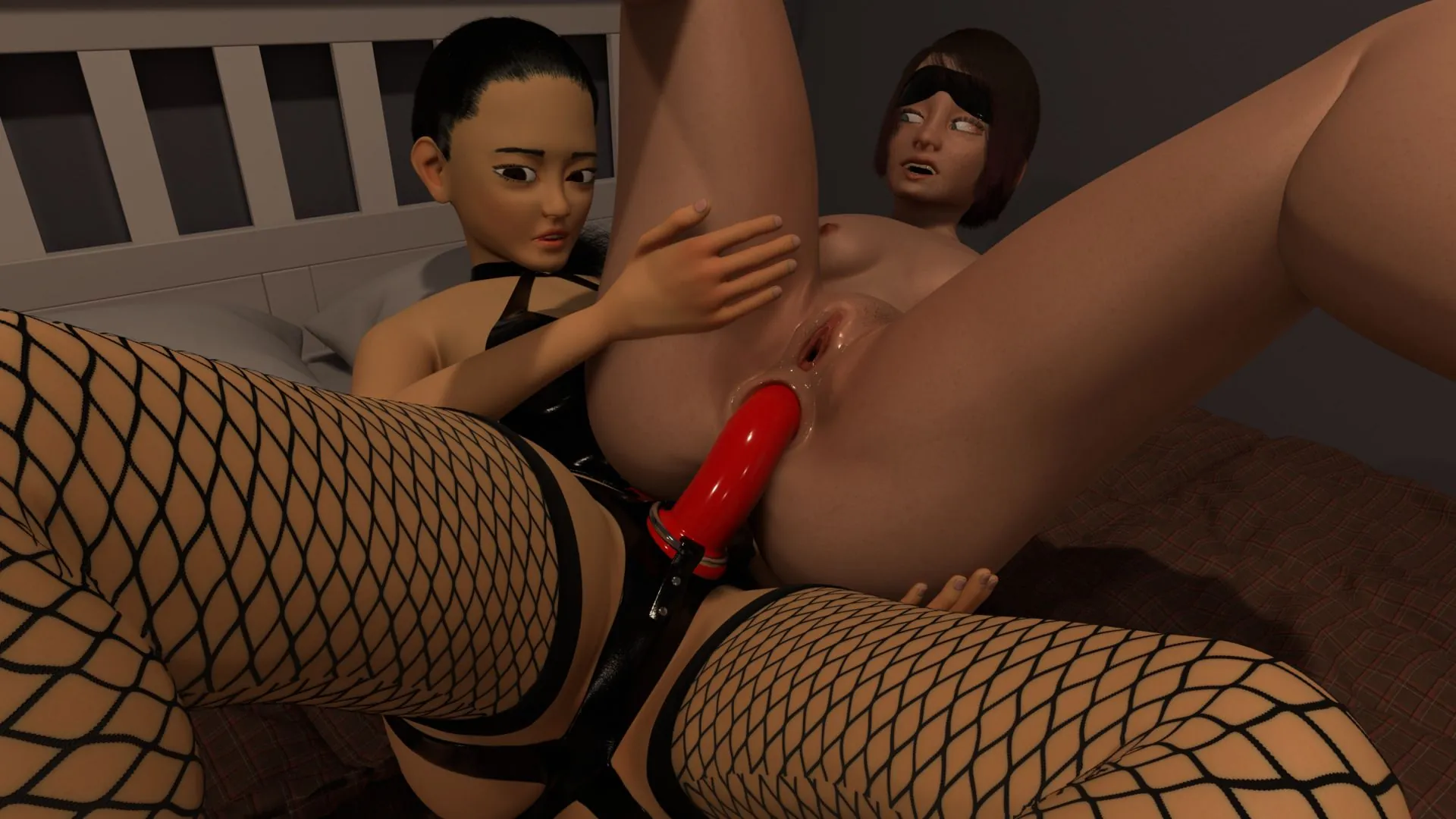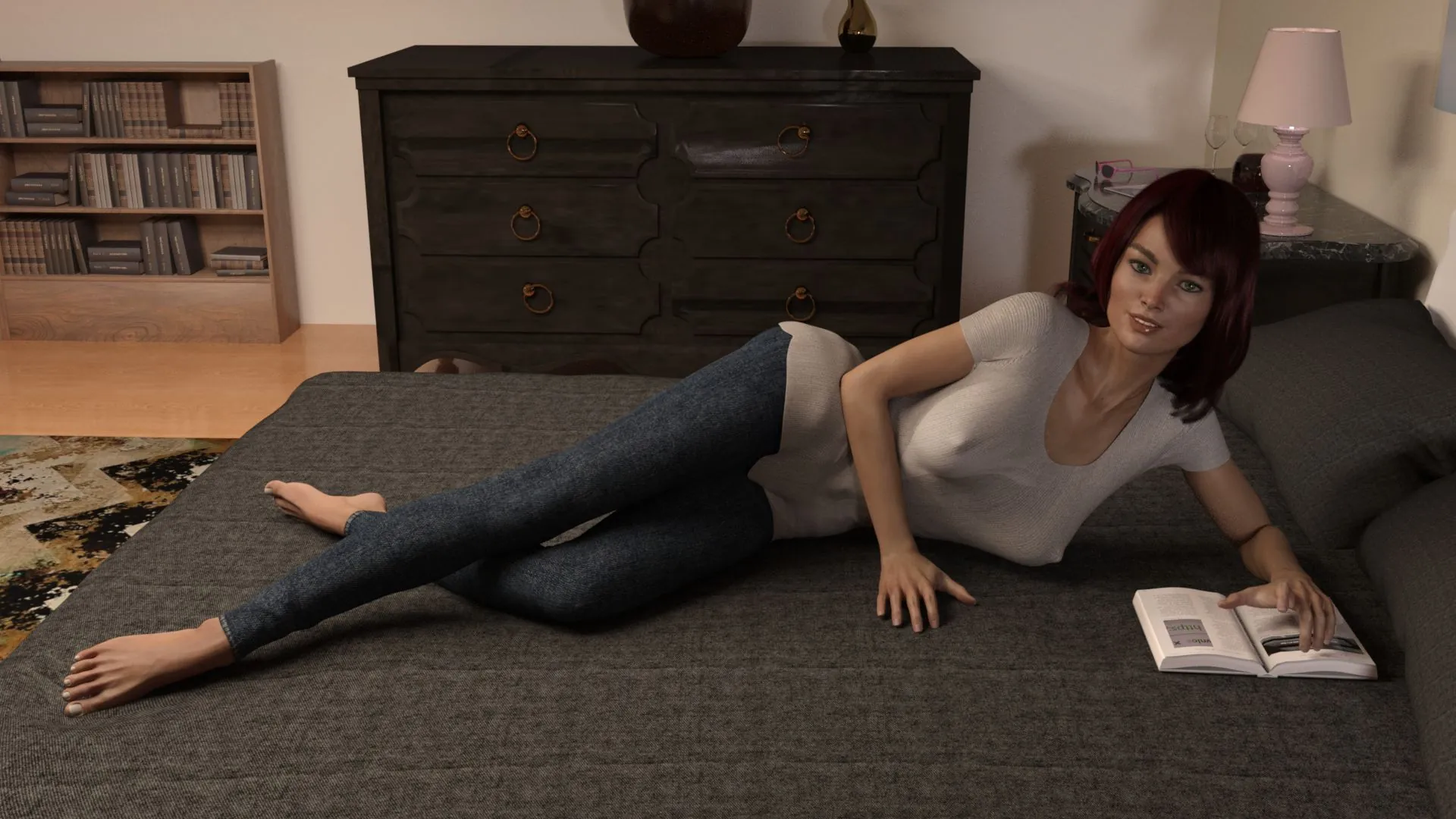
Play Bad Memories
Bad Memories review
Exploring the immersive world and gameplay of Bad Memories
Bad Memories is a captivating interactive experience that has intrigued many players with its unique approach and engaging storytelling. This article explores the core aspects of Bad Memories, focusing solely on the game itself to provide a comprehensive understanding of what makes it stand out. Whether you’re curious about its gameplay, narrative, or design elements, this guide offers personal insights and practical advice to enhance your experience.
What Makes Bad Memories Game Stand Out?
What Makes Bad Memories Game Stand Out?
Ever played a game that crawls under your skin and stays there? 😨 That’s Bad Memories for you. While other horror titles rely on jump scares, this masterpiece weaves psychological dread into every pixel. I remember my first playthrough—sweaty palms, racing heart, and that eerie feeling of being watched even after shutting it off. 🕯️ What sets it apart? Three magic ingredients: gameplay that punishes predictability, a storyline that mirrors real trauma, and sensory design that drags you into its nightmare. Let’s dissect why this isn’t just another horror flick disguised as a game.
Unique Gameplay Mechanics in Bad Memories
Bad Memories gameplay flips horror conventions upside down. Forget mashing buttons to escape monsters—here, your mind is the real battleground. 🧠 The core mechanic? Memory Fragmentation. Instead of linear levels, you rebuild fractured recollections by interacting with emotionally charged objects. Touch a broken music box? Suddenly you’re reliving a childhood birthday… until it twists into something grotesque. 😱
I watched a streamer, Maya, try to “logic” her way through a puzzle. She spent 20 minutes arranging photos chronologically, only to trigger a panic attack sequence when the timeline revealed hidden abuse. 💔 That’s the genius: choices feel consequential, not cosmetic. Tip for new players? Embrace discomfort. If an item repulses you, interact with it—that’s usually where progression hides.
The game progression Bad Memories employs is brutally personal. Your “health bar” is a Sanity Meter that dips when you avoid painful truths. Let it drain too far, and environments physically decay—walls bleed, voices distort. 😵💫 To advance, you must confront memories head-on, making the interactive game design a metaphor for therapy.
| Feature | How It Works | Impact on Player |
|---|---|---|
| Memory Fragmentation | Reconstruct events via object interactions | Forces emotional engagement |
| Sanity Meter | Decreases when avoiding trauma; increases when confronting it | Ties progression to psychological courage |
| Dynamic Environments | Spaces change based on player choices | Creates unique horror for each playthrough |
Storyline and Character Development
At its heart, Bad Memories storyline is a gut-punch exploration of repressed trauma. You play as Alex, a firefighter haunted by a failed rescue. 🔥 But here’s the twist: the Bad Memories characters aren’t just NPCs—they’re manifestations of Alex’s guilt. His daughter Lily? She morphs from a joyful child to a scorched specter depending on your decisions. 😢
The narrative unfolds through environmental storytelling. Finding a charred teddy bear in Chapter 3 isn’t just lore—it reshapes Lily’s dialogue in later scenes. I once ignored it, and her final monologue coldly asked, “Why didn’t you look for me?” 🧸💔 Moral of the story? Scour every corner. Missed details amplify the ending’s tragedy.
What elevates this beyond generic horror is character arcs rooted in real psychology. Alex’s boss, Captain Rostov, seems like a stern mentor—until flashbacks reveal he’s a composite of Alex’s absent father and self-loathing. 🌪️ Their confrontations aren’t boss battles; they’re cathartic breakdowns where you choose surrender or defiance. Pro tip: Journal your reactions. Emotions you suppress while playing often mirror Alex’s journey.
Visual and Audio Design Elements
visual design Bad Memories uses a genius trick: comfort turned uncanny. Early scenes feel like a cozy ’90s home—think warm wood paneling and VHS tapes. 📺 But as memories corrupt, colors desaturate into sickly greens, and familiar spaces stretch impossibly long. Remember walking down a hallway that elongates like taffy? Yeah, that’s your anxiety visualized. 😰
Then there’s the audio experience Bad Memories crafts. Most games blast screechy violins for scares. Here? Silence is the real terror. 🔇 Footsteps echo behind you in headphones, whispers layer under rainfall, and—this still chills me—Lily’s lullaby reverses subtly when Sanity drops below 50%. 🎧 For maximum immersion: Play in total darkness with surround sound. Trust me, your nervous system won’t forgive you (but it’s worth it).
Lighting is another star. 🔦 Your flashlight doesn’t just illuminate—it reveals hidden messages in shadows. Shine it on a wall, and projected words like “Coward” or “Run” appear. Combined with the dissonant piano score, it creates a vibe that’s less “boo!” and more “existential dread.” 💀
So, why does Bad Memories linger? Because it weaponizes intimacy. That music box? You’ll recognize its tune from your childhood. Lily’s drawings? They look like your niece’s. ✏️ By anchoring horror in the mundane, it doesn’t just scare you—it asks, “What if this was yours to carry?” 🎮💥
Bad Memories offers a distinctive and engaging experience through its thoughtful gameplay, compelling narrative, and immersive design. By understanding its core features and how they interact, players can fully appreciate the depth and creativity behind the game. Whether you’re a newcomer or returning player, exploring these elements will enrich your experience and provide new ways to enjoy the game. Dive in and discover what makes Bad Memories truly memorable.
